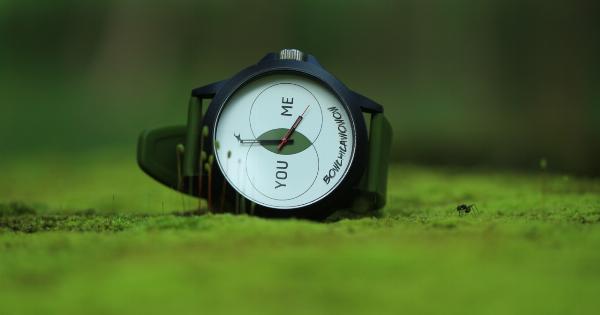When it comes to the age-old battle of the sexes, one intriguing aspect to consider is the longevity of men versus women.
Who tends to live longer, and what factors contribute to differences in life expectancy? In this article, we will delve into the topic of longevity and explore various factors that may influence the lifespan of men and women.
1. Life Expectancy Statistics
To understand the longevity showdown between men and women, let’s begin by examining the life expectancy statistics. Globally, women tend to outlive men on average.
According to the World Health Organization (WHO), the global average life expectancy at birth is around 73 years for men and 76 years for women.
However, it is essential to note that these numbers may vary significantly across different countries and regions. Factors like healthcare access, socioeconomic status, and lifestyle choices heavily influence these statistics.
Now, let’s dig deeper into the factors that may contribute to these differences.
2. Biological Factors
Biological differences between men and women play a significant role in the longevity showdown. One critical factor is genetics. Women have two X chromosomes, while men have one X and one Y chromosome.
Some studies suggest that having two X chromosomes may provide certain genetic advantages in terms of health and longevity.
Moreover, hormonal differences between men and women may also impact lifespan. Estrogen, a hormone predominantly found in women, is believed to have protective effects on the heart and cardiovascular system.
This advantage may partially explain why women tend to experience lower rates of cardiovascular diseases compared to men.
3. Behavioral and Lifestyle Choices
Behavioral and lifestyle choices greatly influence the overall health and longevity of individuals. While genetics and biology set the baseline, how we choose to live our lives can significantly impact our lifespan.
Several studies suggest that men are more likely to engage in health-risk behaviors, such as smoking and excessive alcohol consumption, compared to women.
These behaviors can lead to various health issues like heart disease, liver problems, and certain types of cancer, ultimately reducing life expectancy.
On the other hand, women generally tend to prioritize their health more and adopt healthier lifestyle choices. They are more likely to seek regular medical check-ups, engage in physical activity, and have healthier dietary habits.
These factors contribute to better overall health and potentially longer lifespans.
4. Disease Susceptibility and Mortality Rates
The susceptibility to specific diseases and mortality rates can also affect the longevity of men and women. Various illnesses, such as cancer and autoimmune disorders, exhibit differences in prevalence and progression between the sexes.
For example, certain types of cancer, such as prostate or lung cancer, are more prevalent in men, which can contribute to higher mortality rates. On the other hand, women face a higher risk of developing breast and ovarian cancers.
Additionally, hormonal factors, such as menopause, can impact women’s health and mortality rates. Menopausal women face an increased risk of conditions like osteoporosis and heart disease, which can influence their lifespan.
5. Aging and Longevity
Age-related changes and the process of aging itself can significantly impact the longevity of both men and women. As individuals age, they become more susceptible to various health conditions and organ deterioration.
However, it is worth noting that women tend to have an advantage in terms of aging and longevity.
Studies suggest that women may undergo biological changes that promote healthier aging, such as better maintenance of telomeres, the protective caps on the ends of chromosomes that shorten as we age.
6. Social and Environmental Factors
Social and environmental factors also play a role in the longevity of men and women. Access to healthcare, education, and socioeconomic status can greatly influence an individual’s overall health and life expectancy.
Women often face better access to healthcare services, including preventive screenings and reproductive health services. This advantage can lead to earlier detection and treatment of diseases, ultimately contributing to increased longevity.
7. The Changing Landscape
As societies progress and gender roles evolve, the longevity showdown may witness some changes. Historically, men were more prone to occupational hazards and physically demanding jobs, which could result in higher mortality rates.
However, as men and women achieve more equitable opportunities, these differences may decrease.
Furthermore, lifestyle choices are becoming more balanced between genders. Women are increasingly engaging in risky behaviors like smoking, and men are adopting healthier habits, narrowing the previous gaps.
8. Conclusion
In the longevity showdown between men and women, it is evident that women tend to have the upper hand in terms of life expectancy. Several factors, including genetics, hormones, lifestyle choices, and disease prevalence, contribute to this difference.
However, it is crucial to highlight that individual circumstances significantly impact lifespan, and these trends should not overshadow the importance of personal health choices and access to healthcare services for everyone.
As societies progress and gender roles continue to evolve, it is expected that the longevity gap between men and women may further reduce.
In the end, it is not about who wins the longevity showdown but rather about ensuring the well-being and longevity of all individuals.




























